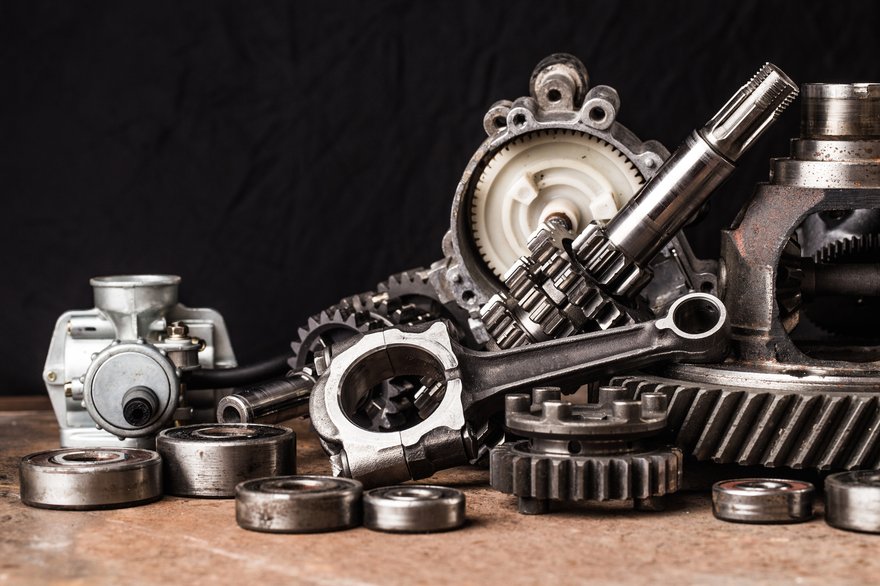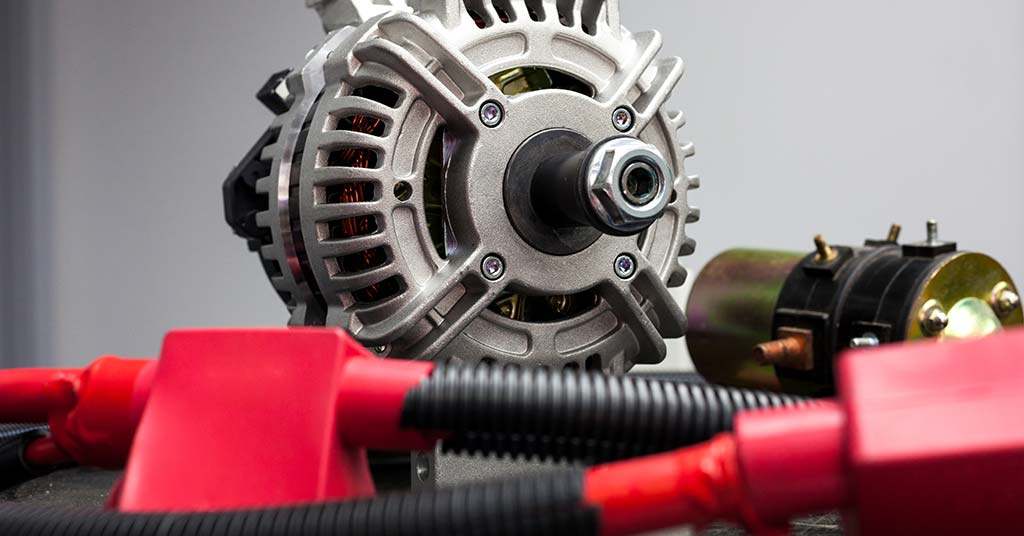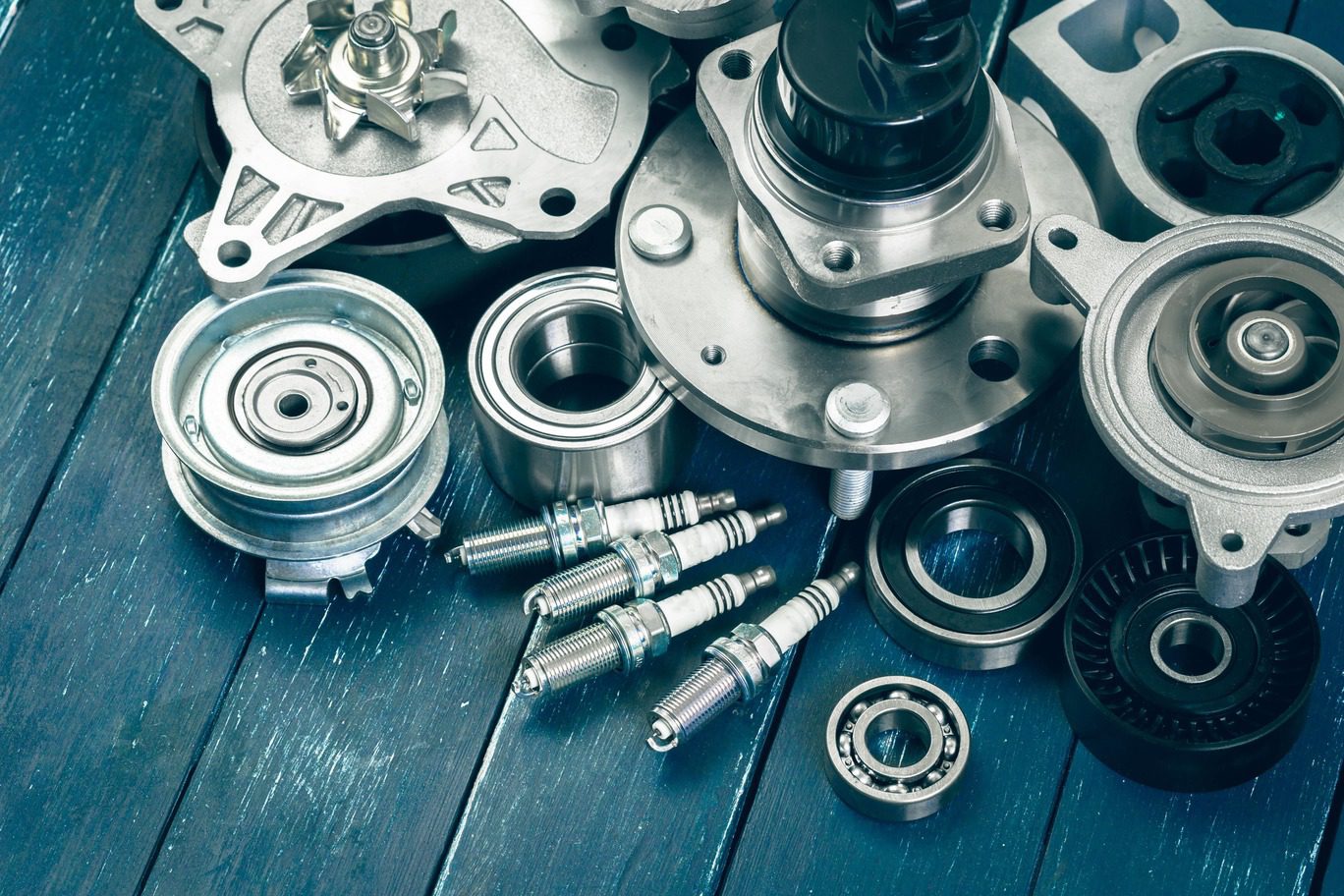When it comes to purchasing auto parts for your vehicle, one major decision you’ll have to make is whether to go with OEM (Original Equipment Manufacturer) parts or aftermarket parts. Each option has its own set of pros and cons that can impact your wallet and the performance of your vehicle.
This article will explore the benefits and drawbacks of both OEM and aftermarket auto parts to help you make an informed decision for your next repair or upgrade.
OEM Auto Parts: Benefits and Drawbacks

OEM auto parts, or Original Equipment Manufacturer parts, offer several benefits for vehicle owners. These parts are designed specifically for your make and model, ensuring a perfect fit and optimal performance.
Additionally, using OEM parts can help maintain your car’s resale value and warranty coverage. On the downside, OEM parts are often more expensive than aftermarket alternatives. While the quality and reliability of OEM parts are generally guaranteed, some may argue that the higher cost outweighs these benefits.
Ultimately, the decision between OEM and aftermarket auto parts depends on your budget, preferences, and specific needs for your vehicle.
Aftermarket Auto Parts: Advantages and Disadvantages
Aftermarket auto parts offer several advantages for vehicle owners looking to save money or customize their vehicles. One of the main benefits is cost savings, as aftermarket parts are typically cheaper than OEM parts.
Furthermore, aftermarket parts tend to have a wider range of options and styles, allowing car owners to personalize their vehicles to their liking. However, there are also disadvantages to using aftermarket parts.
Quality can vary greatly among different brands and manufacturers, which may lead to compatibility issues or increased risk of malfunctions.
Additionally, some aftermarket parts may not have the same level of warranty protection as OEM parts, potentially leaving car owners on the hook for costly repairs. Ultimately, car owners should carefully weigh the pros and cons of aftermarket parts before making a decision.

Making the Choice: OEM vs. Aftermarket Auto Parts
When it comes to choosing between OEM and aftermarket auto parts, it’s important to weigh the pros and cons of each. OEM parts are made by the original manufacturer of the vehicle and are designed to fit perfectly and function as intended.
They may also come with a warranty and are generally more reliable in terms of quality and performance. On the other hand, aftermarket parts are often less expensive and offer a wider range of options for customization.
While they may not always meet the same standards as OEM parts, they can provide a cost-effective solution for repairs and upgrades. Ultimately, the choice between OEM and aftermarket parts will depend on your specific needs and budget.
Conclusion

In conclusion, when deciding between OEM and aftermarket auto parts, it is important to consider your individual needs and budget. OEM parts are known for their quality and perfect fit, ensuring optimal performance and reliability.
However, they can be more expensive. Click here to explore more about OEM and aftermarket auto parts to make the right choice for your vehicle.








